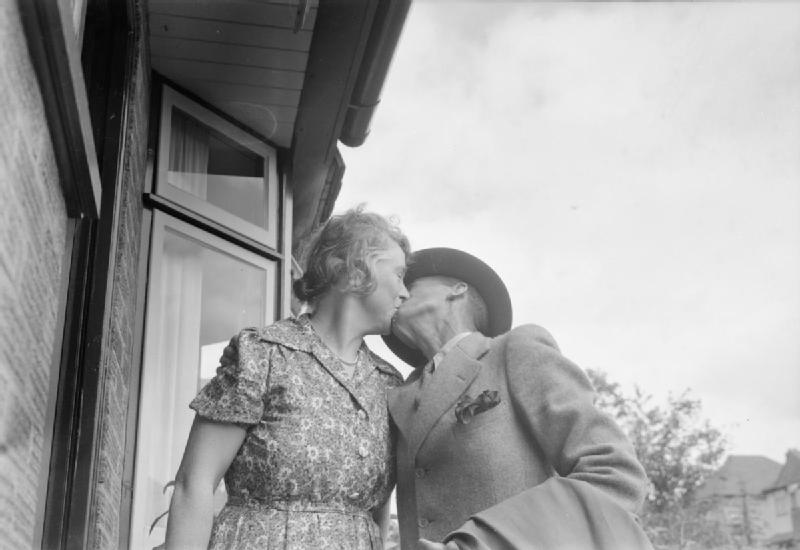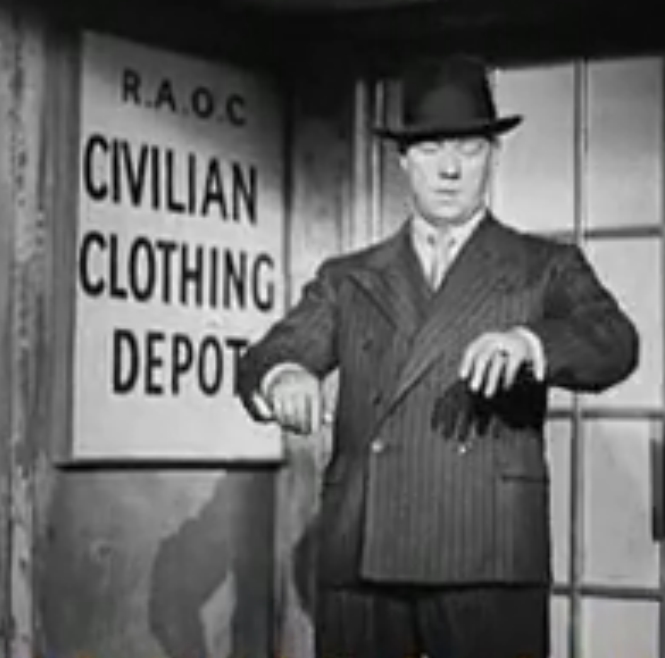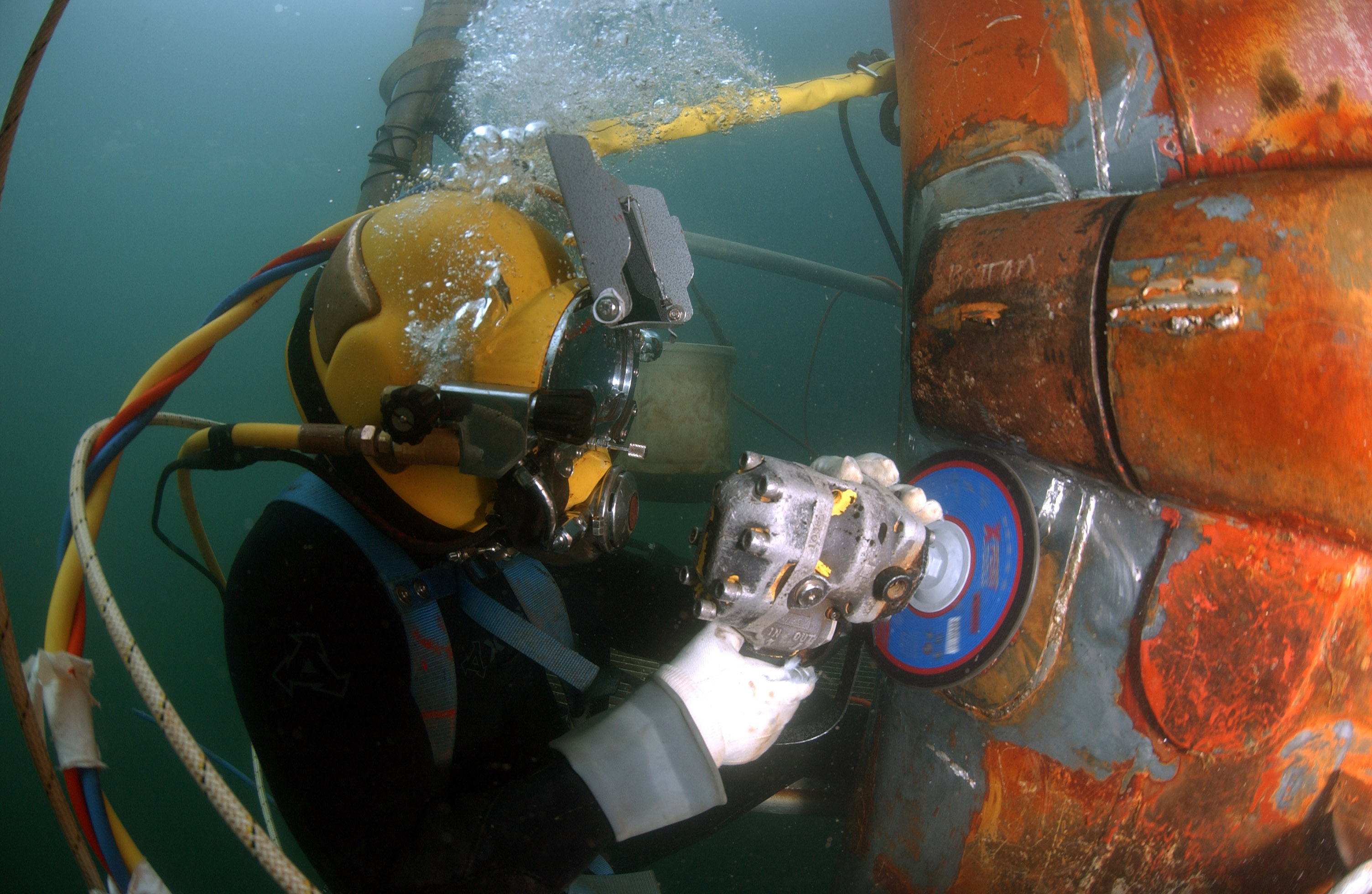|
Demobilization
Demobilization or demobilisation (see spelling differences) is the process of standing down a nation's armed forces from combat-ready status. This may be as a result of victory in war, or because a crisis has been peacefully resolved and military force will not be necessary. The opposite of demobilization is mobilization. Forceful demobilization of a defeated enemy is called demilitarization. The United Nations defined demobilization as "a multifaceted process that officially certifies an individual's change of status from being a member of a military grouping of some kind to being a civilian". Persons undergoing demobilization are removed from the command and control of their armed force and group and the transformation from a military mindset to that of a civilian begins. Although combatants become civilians when they acquire their official discharge documents the mental connection and formal ties to their military command structure still exist. To prevent soldiers from r ... [...More Info...] [...Related Items...] OR: [Wikipedia] [Google] [Baidu] |
Demobilization Of United States Armed Forces After World War II
The Demobilization of United States armed forces after the Second World War began with the defeat of Germany in May 1945 and continued through 1946. The United States had more than 12 million men and women in the armed forces at the end of World War II, of whom 7.6 million were stationed abroad. The American public demanded a rapid demobilization and soldiers protested the slowness of the process. Military personnel were returned to the United States in Operation ''Magic Carpet''. By June 30, 1947, the number of active duty soldiers, sailors, Marines, and airmen in the armed forces had been reduced to 1,566,000. Total personnel in uniform In 1945 as the defeat of Germany and Japan neared, U.S. military personnel numbered 12,209,238 divided among the services as follows: This total represented wartime expansion of the U.S. military from the 334,000 it had numbered in 1939. One hundred thousand men were being drafted per month to replace soldiers in the army who were kille ... [...More Info...] [...Related Items...] OR: [Wikipedia] [Google] [Baidu] |
Demobilisation Of The British Armed Forces After World War II
At the end of the Second World War, there were approximately five million servicemembers in the British Armed Forces. The demobilisation and reassimilation of this vast force back into civilian life was one of the first and greatest challenges facing the postwar British government. Demobilisation plan The wartime Minister of Labour and National Service and Britain's first post-war Foreign Secretary Ernest Bevin, was the chief architect of the demobilisation plan. The speed of its introduction was attributed to the tide of public opinion, which favoured slogans and policies that appealed to peace and disengagement. According to some sources, it was also driven by the labour shortage due to post-war reconstruction. The plan received bipartisan support, which was not seen during the 1930s when Labour and Conservative positions lacked consensus. The details involving the criteria and framework for demobilisation was unveiled to the public on 22 September 1944. It was scheduled to be ... [...More Info...] [...Related Items...] OR: [Wikipedia] [Google] [Baidu] |
Disarmament, Demobilization And Reintegration
Disarmament, demobilisation and reintegration (DDR), or disarmament, demobilisation, repatriation, reintegration and resettlement (DDRRR) are strategies used as a component of peace processes, and is generally the strategy employed by all UN Peacekeeping Operations following civil wars. Definition Disarmament means the physical removal of the means of combat from ex-belligerents (weapons, ammunition, etc.). Demobilization means the disbanding of armed groups. Reintegration means the process of reintegrating former combatants into civilian society, reducing the number of people immediately ready to engage in armed combat. Factors for successful DDR DDR is somewhat different from the blanket term "peacekeeping", in that DDR requires certain conditions to be effectively implemented. For demobilisation and reintegration to occur, there must first be a successful disarmament of armed groups. In general terms, parties to a conflict must be willing to negotiate a peace settlement ... [...More Info...] [...Related Items...] OR: [Wikipedia] [Google] [Baidu] |
World War 2 UK Demobilization Centres
At the end of the Second World War, there were approximately five million servicemembers in the British Armed Forces. The demobilisation and reassimilation of this vast force back into civilian life was one of the first and greatest challenges facing the postwar British government. Demobilisation plan The wartime Minister of Labour and National Service and Britain's first post-war Foreign Secretary Ernest Bevin, was the chief architect of the demobilisation plan. The speed of its introduction was attributed to the tide of public opinion, which favoured slogans and policies that appealed to peace and disengagement. According to some sources, it was also driven by the labour shortage due to post-war reconstruction. The plan received bipartisan support, which was not seen during the 1930s when Labour and Conservative positions lacked consensus. The details involving the criteria and framework for demobilisation was unveiled to the public on 22 September 1944. It was scheduled to be ... [...More Info...] [...Related Items...] OR: [Wikipedia] [Google] [Baidu] |
Demob Suit
A demob suit was a suit of civilian clothes given to a man on his demobilisation from the British armed forces at the end of the Second World War. Although the suits were of good quality, the need to clothe millions of demobilising servicemen led to supply problems that caused some men to receive suits that were not of the correct size. As a result, the demob suit became a common subject in British comedy in the post-war years. Etymology The word "demob", short for '' demobilisation'', came into use in the 1930s. Soldiers had received a set of civilian clothes on demobilisation at the end of the First World War, however, the phrase "demob suit" only came into common use at the end of the Second World War. Background Beginning on 18 June 1945, millions of men were demobilised from the British armed services on a phased basis according to age and length of service. A set of civilian clothes was essential in order to help them integrate into civilian life and because they norma ... [...More Info...] [...Related Items...] OR: [Wikipedia] [Google] [Baidu] |
19th Of April Movement
The 19th of April Movement ( es, Movimiento 19 de Abril), or M-19, was a Colombian guerrilla organisation movement. After its demobilization it became a political party, the M-19 Democratic Alliance (), or AD/M-19. The M-19 traced its origins to the allegedly fraudulent presidential elections of 19 April 1970. In those elections, the National Popular Alliance (ANAPO) of former military dictator Gustavo Rojas Pinilla was denied an electoral victory. The ideology of the M-19 was nationalism, but its main aim was to open up democracy in Colombia. It was inspired by other South American urban guerrilla groups, such as the Tupamaros in Uruguay and the Montoneros in Argentina. By mid-1985, when the number of active members was estimated at between 1,500 and 2,000 (including a more noticeable urban presence), the M-19 was the second largest guerrilla group in Colombia after the FARC. Even though the group no longer formally exists after the assassination of its key leader ... [...More Info...] [...Related Items...] OR: [Wikipedia] [Google] [Baidu] |
Alan Allport
Alan Allport (born 1970) is a British historian whose work looks at the relationship between war and society during the period of the two world wars. He was born in Whiston, Merseyside and moved to the United States in 1994. Allport received a Ph.D. in history from the University of Pennsylvania in 2007 and currently teaches at Syracuse University. Books His first book ''Demobbed: Coming Home After the Second World War'', a study of the post-1945 military demobilisation experience in Britain, was published by Yale University Press in 2009 and won the 2010 Longman-''History Today'' Book of the Year Award. His second book, ''Browned Off and Bloody-Minded: The British Soldier goes to War 1939-1945'' was published, also by Yale, in 2015. In 2020 he completed the first in a two-part history of Britain in the Second World War, '' Britain at Bay 1938-1941 '', which was published by Profile Books in the UK and Knopf Alfred A. Knopf, Inc. () is an American publishing house that wa ... [...More Info...] [...Related Items...] OR: [Wikipedia] [Google] [Baidu] |
Demob (other)
{{disambiguation ...
Demob usually refers to demobilization, the standing down of military personnel. Demob may also refer to: * ''Demob'' (TV series), a British comedy-drama * Demob (band), a punk rock band (since 1978, in various forms), originating in Gloucester, England See also * D Mob, producer of house music (since 1988), from Staffordshire, England * D-Mob, a video game character in Def Jam Vendetta and Def Jam: Fight for NY * Demobbed (other) Demobbed usually refers to demobilization Demobilization or demobilisation (see spelling differences) is the process of standing down a nation's armed forces from combat-ready status. This may be as a result of victory in war, or because a crisi ... [...More Info...] [...Related Items...] OR: [Wikipedia] [Google] [Baidu] |
Military Discharge
A military discharge is given when a member of the armed forces is released from their obligation to serve. Each country's military has different types of discharge. They are generally based on whether the persons completed their training and then fully and satisfactorily completed their term of service. Other types of discharge are based on factors such as the quality of their service, whether their service had to be ended prematurely due to humanitarian or medical reasons, whether they had been found to have drug or alcohol dependency issues and whether they were complying with treatment and counseling, and whether they had demerits or punishments for infractions or were convicted of any crimes. These factors affect whether they will be asked or allowed to re-enlist and whether they qualify for benefits after their discharge. United Kingdom There are several reasons why someone may be discharged from the military, including expiration of enlistment, disability, dependency and ... [...More Info...] [...Related Items...] OR: [Wikipedia] [Google] [Baidu] |
Professional Diving
Professional diving is underwater diving where the divers are paid for their work. The procedures are often regulated by legislation and codes of practice as it is an inherently hazardous occupation and the diver works as a member of a team. Due to the dangerous nature of some professional diving operations, specialized equipment such as an on-site hyperbaric chamber and diver-to-surface communication system is often required by law, and the mode of diving for some applications may be regulated. There are several branches of professional diving, the best known of which is probably commercial diving and its specialised applications, offshore diving, inshore civil engineering diving, marine salvage diving, hazmat diving, and ships husbandry diving. There are also applications in scientific research, marine archaeology, fishing and aquaculture, public service, law enforcement, military service and diver training. Any person wishing to become a professional diver normally re ... [...More Info...] [...Related Items...] OR: [Wikipedia] [Google] [Baidu] |
United Nations Peacekeeping
Peacekeeping by the United Nations is a role held by the Department of Peace Operations as an "instrument developed by the organization as a way to help countries torn by conflict to create the conditions for lasting peace". It is distinguished from peacebuilding, peacemaking, and peace enforcement although the United Nations does acknowledge that all activities are "mutually reinforcing" and that overlap between them is frequent in practice. Peacekeepers monitor and observe peace processes in post-conflict areas and assist ex-combatants in implementing the peace agreements they may have signed. Such assistance comes in many forms, including confidence-building measures, power-sharing arrangements, electoral support, strengthening the rule of law, and economic and social development. Accordingly, UN peacekeepers (often referred to as Blue Berets or Blue Helmets because of their light blue berets or helmets) can include soldiers, police officers, and civilian personnel. The ... [...More Info...] [...Related Items...] OR: [Wikipedia] [Google] [Baidu] |



